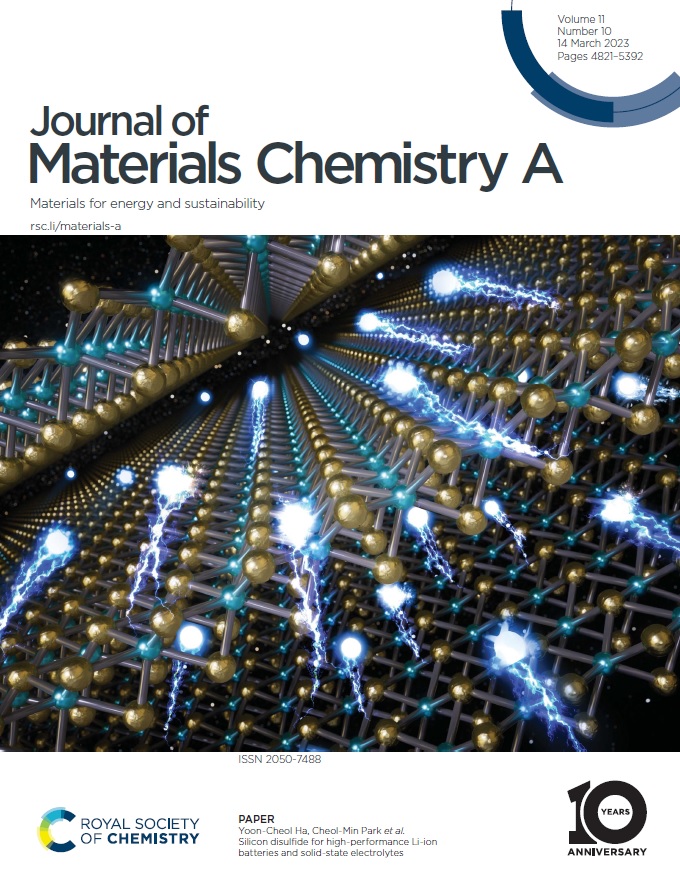ASSBs replace the liquid-state electrolytes that transfer ions between the anode and cathode with a solid less prone to fire or explosion. However, there remain many challenges to achieve commercialization, i.e., difficulties in processing and mass production, high material cost, etc. Many research groups across the globe are working hard to tackle these challenges, and KERI has also shown several achievements.
In this study, Dr. Ha’s team gave an eye to silicon disulfide. It is widely known in academia that adding silicon disulfide to solid-state electrolytes for ASSBs helps improve ionic conductivity and moisture stability. However, the synthesis of silicon disulfide from sulfur and silicon requires a high reaction temperature, which leads to surges in the vapor pressure of sulfur, making the silicon disulfide production process particularly tricky. For this reason, silicon disulfide is a very expensive material, which currently costs about KRW 1.7 million per 20 grams.
KERI developed a process technology for the optimal production of silicon disulfide and paved the way for its application in solid-state electrolytes for ASSBs. The team succeeded in establishing synthesis conditions by optimizing the arrangement of sulfur and silicon powders and creating a perfectly sealed environment to withstand the vapor pressure of sulfur at 800 degrees of reaction temperature. The quality of the resulting product was comparable to the commercially available products. The team made solid-state electrolytes using their silicon disulfide and found that it had more than twice the ionic conductivity and moisture stability. Also, the optimized process will help simplify the production and reduce production costs.
“Many researchers at home and abroad have struggled to address the elevated vapor pressure of sulfur, which required using expensive raw materials or introducing special processes,” said Dr. Ha of KERI. “What we have achieved will contribute to producing silicon disulfide for solid-state electrolytes cheaper and easier.”
The team also applied the new silicon disulfide as an anode active material for liquid electrolyte-based lithium-ion batteries and identified the destruction and recovery of layered structures during charging and discharging for the first time in the world. The team’s findings from their silicon disulfide study were published as the cover article in the recent edition of the Journal of Materials Chemistry A (IF: 14.511), a world-leading journal in the field of energy and fuel research.
KERI is preparing a patent application for this technology. The institute is anticipating strong attention from companies related to ASSBs, e.g., material production companies for solid-state electrolytes, electrode/membrane equipment companies, cell assembly companies, etc., with which it plans to pursue the up-scaling and commercialization of the silicon disulfide production process.


